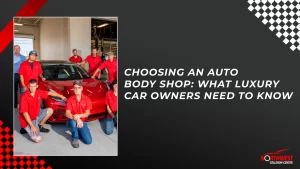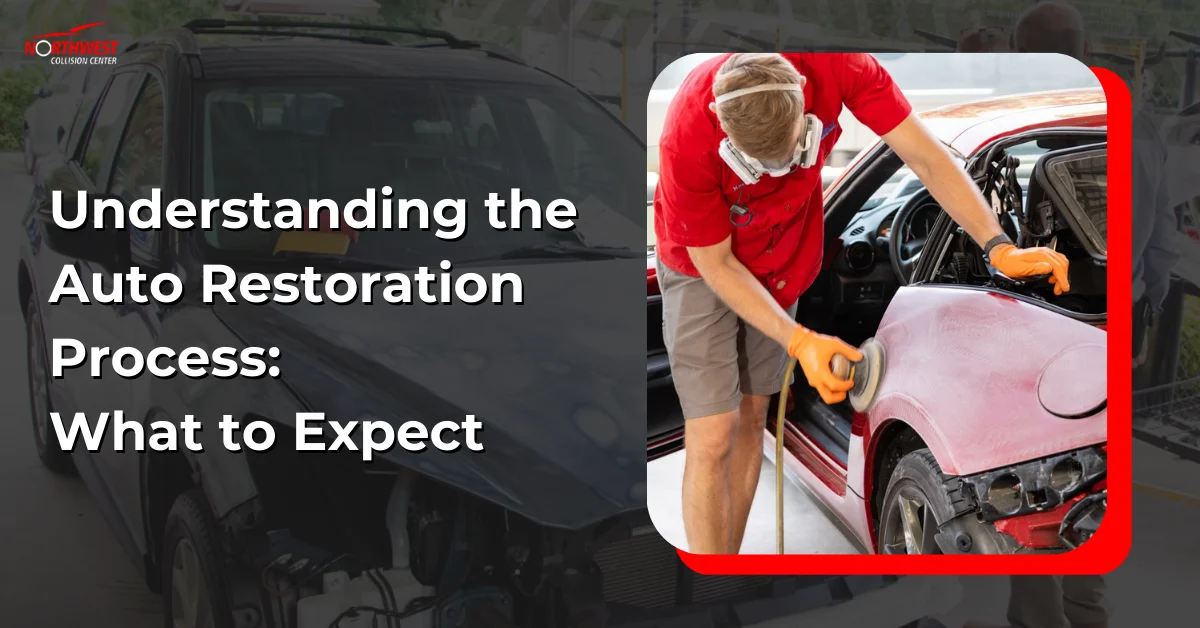You’re a terrible driver if you’re not using signal lights, which can lead to panic and even rage among others on the road. Straddling lanes often suggests distracted driving and can be just as hazardous. Aggressive behaviour, like tailgating, shows a lack of respect for the rules and other road users, and can escalate into dangerous situations. Likewise, allowing feelings of anger or competition to influence your driving puts everyone in danger. And of course, driving distractedly or recklessly can have devastating results. Noticing these markers in your own driving? Taking a closer look could be a lifesaver.

Key Takeaways
- A terrible driver often neglects the use of signal lights, creating unpredictability and stress for other road users.
- They may consistently straddle between lanes, indicating potential distractions or lack of attention to driving.
- Aggressive driving behaviors, such as tailgating and weaving through traffic, are typical of a bad driver.
- Demonstrating a competitive mindset on the road, like unnecessary overtaking and excessive honking, characterizes a poor driver.
- Risk-taking behaviors, including speeding, tailgating, and running red lights, are signs of a dangerous and irresponsible driver.
Not using signal lights
Consider the simple act of not using signal lights, an oversight that transforms into a hazard on the roads. You mightn’t see the harm in it, but this seemingly minor lapse in etiquette can lead to disastrous consequences.
Imagine you’re driving on a bustling highway, absorbed in your thoughts. You spot a car ahead, but it doesn’t flash any signal. Suddenly, it veers left without warning. You’re forced to slam on the brakes, sending a ripple of panic through the cars behind.
It’s a chain reaction, all because of one driver’s negligence. In a split second, that driver’s failure to use signal lights becomes a threat to everyone’s safety.
It’s not just about the potential for a crash. It’s the fear and frustration that incident incites in other drivers, the heightened stress, the potential for road rage.
Staying between two lanes
Imagine this: you’re driving down a busy highway, and there’s a car ahead that can’t seem to decide which lane it belongs in. It’s frustrating, isn’t it? Not to mention dangerous. Staying between two lanes is a telltale sign of a terrible driver.
It’s not just about being indecisive. Not fully committing to a lane can be an indicator of distracted driving. Maybe they’re adjusting the radio, texting, or worse, under the influence. Such behaviors can lead to severe accidents, affecting not just them, but you and other drivers on the road too.
The issue also lies in the unpredictability. You can’t anticipate the actions of a driver who can’t stay inside their lane. This uncertainty adds to your cognitive load while driving, increasing the risk of errors on your part.
It’s not all about pointing fingers, though. We’ve all had moments of lapse. But it’s essential to remember that consistent lane straddling isn’t just a bad habit—it’s a habit that can cost lives.
Aggressive driving
Without a doubt, aggressive driving ranks high on the list of traits that make for a terrible driver.
It’s more than just an annoyance on the road, it’s a genuine safety hazard. You’re not just putting yourself at risk, but also the lives of others who share the road with you.
Aggressive driving can take on many forms. It could be tailgating, weaving in and out of traffic, or persistently honking.
It’s about pushing the limits, not just of speed but of courtesy and consideration. It’s about treating the road as a personal playground rather than a shared resource.
Remember, your car isn’t a weapon. It’s a tool for getting from one place to another safely.
When you drive aggressively, you’re not demonstrating skill or control. You’re showcasing a lack of respect for the rules of the road and for others.
Being a good driver isn’t about getting to your destination the fastest way possible.
It’s about making the journey safe for everyone.
So, next time you’re behind the wheel, remember to keep your aggression in check.
After all, it’s better to arrive late than not arrive at all.
Competitive driving
Another trait that can categorize you as a terrible driver is competitive driving. You might perceive driving as a race, always endeavoring to be the fastest or first. This approach, however, can pose significant risks not only to you but also to other road users.
Consider this scenario: you’re on a highway, and a fellow driver overtakes you. Instead of maintaining your speed and safety, you view this as a challenge and speed up to regain your position. This decision can lead to a domino effect of unsafe driving behaviors, with speeding, dangerous overtaking, and abrupt lane changes all potentially coming into play.
What’s more, your competitive streak can breed impatience. You might tailgate slower drivers, honk excessively, or even engage in risky maneuvers just to get ahead.
Hot-headed driving
Hot-headed driving is perhaps one of the most dangerous aspects of being a terrible driver, especially when fueled by the competitive tendencies we discussed earlier.
You see, when anger seeps into your driving, it clouds your judgment. You’re more likely to take risks, ignore traffic rules, and react impulsively instead of carefully considering your actions.
It’s not just about you, either. Your hot-headedness can impact the safety of others on the road. Imagine, if you will, a family in the car next to you. Your reckless driving, spurred by anger and competitiveness, could put them in harm’s way.
But, it’s not all doom and gloom. The good news is, you can change. Recognizing your hot-headed tendencies is the first step.
Next, you’ve got to manage your anger. Deep breathing, counting to ten, even pulling over to calm down—these strategies can help.
Distracted driving
In the domain of road safety, distracted driving stands as a glaring adversary. It’s a widespread issue, causing countless accidents each year. You’re driving, but your mind and eyes are elsewhere – a recipe for disaster.
Consider the common distractions that pull drivers’ attention away from the road:
- Texting or talking on the phone
- Eating or drinking
- Using a GPS or other in-car technology
- Conversing with passengers
- Daydreaming or losing focus
These activities might seem harmless, but they’re not. They divert your focus from the task at hand: controlling a fast-moving vehicle amidst unpredictable traffic conditions.
When you’re distracted, your reaction time slows, you’re less aware of your surroundings, and you miss critical signals and signs.
The gravity of the situation can’t be overstated. Distracted driving is an act of negligence. It’s not just about you; it’s about everyone else on the road too.
Risk-taking driving
Just as distracted driving poses a significant threat to road safety, so too does risk-taking driving. You might feel invincible behind the wheel, but every time you choose to speed, tailgate, or bypass a red light, you’re gambling with your life and the lives of others.
You may think it’s harmless. You’ve done it before and nothing bad happened, right? But it’s not just about you. It’s about the unsuspecting driver, the pedestrian crossing the street, the child riding a bike. They didn’t sign up for your high-stakes game.
The risks you take don’t just disappear because you’ve been lucky so far. Every reckless decision increases your chances of causing harm. It’s a grim lottery, and the odds are never in your favor in the long run.
And remember, even if you walk away unscathed, others might not. The consequences of your actions can be devastating. It’s not a matter of if, but when your luck runs out.
Frequently Asked Questions
How Does Maintaining Car Aesthetics Influence Driving Behavior?
Maintaining car aesthetics doesn’t just boost your vehicle’s appearance, it can also influence your driving behavior. You’re likely to drive more responsibly when you’ve put effort into keeping your car looking its best.
How Can Northwest Collision Center Help Restore My Car After a Road Accident?
You’re in luck! Northwest Collision Center’s expert technicians can restore your car post-accident. They’ll accurately diagnose, repair, and even enhance the aesthetics. It’s their mission to return your car to its pre-damaged condition.
What Is the Importance of Restoring My Car to Its Pre-Damaged Condition?
Restoring your car to its pre-damaged condition isn’t just about aesthetics. It’s essential for safety, performance, and value retention. A professionally restored car guarantees you’re driving a reliable and safe vehicle, which can’t be underestimated.
How Does the Range of Services Offered by Northwest Collision Center Address Different Auto Body Issues?
Northwest Collision Center’s extensive services tackle all auto body issues. They use cutting-edge tech, precision paint matching, and skilled technicians. You’ll get a car that’s safe, looks great and retains its value, ensuring your driving confidence.
What Measures Does Northwest Collision Center Take to Ensure Customer Satisfaction in Their Service Delivery?
Northwest Collision Center prioritizes your satisfaction, offering 24-hour towing for convenience and working with insurance companies for easy payment. They blend state-of-the-art equipment with expert technicians to guarantee high-quality, precision restoration of your vehicle.
Conclusion
So, you’re no Mad Max, but a few bad habits could still put you in the terrible driver camp. Whether it’s your blinker gathering dust, or your temper flaring up faster than a Mustang’s horsepower, it’s worth reassessing your driving style. Let’s not forget the innocent bystanders in other cars. After all, the road’s a shared space, not a battleground. Remember, a bit of empathy and patience can go a long way towards safer, smoother roads.










